How Data Collection Enhances Industrial Growth
The modern industrial landscape is fiercely competitive. Businesses are constantly seeking ways to improve efficiency, reduce costs, and stay ahead of the curve. One of the most powerful tools available to achieve these goals is data collection. By systematically gathering and analyzing information from various aspects of their operations, industrial companies can gain valuable insights that drive significant growth.
Key Takeaways:
- Data collection enables predictive maintenance, minimizing downtime and saving costs.
- Process optimization through data collection leads to increased efficiency and productivity.
- Informed decision-making, based on analyzed data collection, provides a competitive edge.
- The Internet of Things (IoT) plays a crucial role in expanding data collection capabilities in industrial settings.
Predictive Maintenance Through Data Collection
Downtime is a major enemy of industrial productivity. Unexpected equipment failures can halt production, leading to significant financial losses. Traditional maintenance strategies, which rely on fixed schedules, often result in either premature replacement of parts or breakdowns due to neglect. Data collection offers a better approach: predictive maintenance.
By using sensors to collect real-time data on equipment performance, such as temperature, vibration, and pressure, companies can identify potential problems before they lead to failures. For instance, a sudden increase in the vibration of a motor might indicate a bearing issue that needs to be addressed. This allows maintenance teams to schedule repairs proactively, minimizing downtime and extending the lifespan of equipment. Modern sensors are capable of collecting huge amounts of data, often measured in gb, every single day.
Furthermore, analyzing historical data can reveal patterns and trends that predict future failures. Machine learning algorithms can be trained on this data to identify subtle indicators that human operators might miss. This enables even more accurate predictions and allows for even more proactive maintenance. This proactive approach ensures operations stay smooth and consistent.
Process Optimization Through Data Collection
Industrial processes are complex and often involve numerous variables. Identifying bottlenecks and inefficiencies can be challenging without the right data. Data collection provides the visibility needed to optimize these processes and improve overall productivity.
By collecting data on key performance indicators (KPIs), such as production rates, energy consumption, and material waste, companies can gain a clear understanding of how their processes are performing. This data can then be used to identify areas for improvement. For example, analyzing production data might reveal that a particular machine is consistently underperforming. This could be due to a variety of factors, such as inadequate maintenance, incorrect settings, or operator error. By addressing these issues, companies can increase the output of the machine and improve overall production efficiency.
Furthermore, data collection can be used to optimize processes in real-time. By using sensors to monitor process parameters, companies can make adjustments on the fly to maintain optimal performance. For example, a chemical plant might use sensors to monitor the temperature and pressure of a reaction vessel. If the temperature or pressure deviates from the optimal range, the control system can automatically adjust the flow rates of reactants to maintain the desired conditions.
Enhanced Decision-Making with Data Collection
In today’s competitive industrial environment, informed decision-making is essential for success. Decisions based on gut feelings or anecdotal evidence are no longer sufficient. Data collection provides the factual basis needed to make sound strategic and operational decisions.
By analyzing data from various sources, such as sales, marketing, and operations, companies can gain a holistic view of their business. This data can then be used to identify opportunities for growth, improve customer satisfaction, and reduce costs. For example, analyzing sales data might reveal that a particular product is selling well in one region but not in another. This could prompt the company to investigate the reasons for this difference and develop a targeted marketing campaign to boost sales in the underperforming region.
Moreover, data collection can be used to assess the impact of past decisions. By tracking the results of different initiatives, companies can learn what works and what doesn’t. This allows them to refine their strategies over time and make more effective decisions in the future. Modern equipment collects and sends huge amounts of data every day which can be compiled to better analyze results.
The Role of IoT in Data Collection for Industrial Growth
The Internet of Things (IoT) is playing an increasingly important role in data collection for industrial growth. IoT devices, such as sensors, actuators, and connected machines, are able to collect and transmit data in real-time, providing companies with unprecedented visibility into their operations.
IoT sensors can be deployed throughout a factory or plant to collect data on a wide range of parameters, such as temperature, pressure, vibration, and humidity. This data can then be transmitted to a central platform for analysis. The insights gained from this analysis can be used to optimize processes, improve maintenance, and enhance decision-making. This is particularly important in industries that deal with large files sizes of data, up to the gb and beyond.
The use of IoT in data collection is still in its early stages, but the potential benefits are enormous. As the cost of IoT devices continues to decrease and the capabilities of data analytics platforms continue to improve, we can expect to see even wider adoption of IoT in the industrial sector. This will lead to further improvements in efficiency, productivity, and competitiveness.







